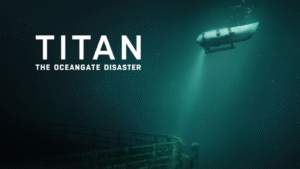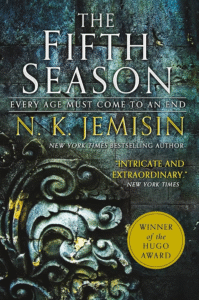Save Our Souls: A Darker Swiss Family Robinson

A Fateful Voyage
Matthew Pearl’s “Save Our Souls: The True Story of a Castaway Family, Treachery, and Murder” (2025) unveils a gripping, little-known historical true story. In December 1887, the Walker family—Captain Frederick, his wife Elizabeth, their three teenage sons, and their dog—set sail on their shark-fishing vessel, the Wandering Minstrel, near Hawaii. What began as a promising voyage took a catastrophic turn when a violent storm struck, splitting their ship and leaving them adrift. This harrowing tale transcends the familiar idyllic narrative of survival, plunging into a darker reality of human nature confronted by isolation and desperation.
An Ominous Encounter
Upon washing ashore on a remote island, the Walkers and their remaining crew discovered they were not alone. A ragged and emaciated man named Hans, a self-proclaimed long-term castaway, greeted them. Initially, Hans’s knowledge of the island’s resources seemed like a stroke of incredible luck, offering the survivors a glimmer of hope. However, as the days turned into weeks, and the Walkers learned more about Hans, his presence transformed from a blessing into an ominous threat. Pearl masterfully builds suspense, hinting at Hans’s concealed past and the unsettling undercurrent of his interactions with the family.
A Twist on a Classic Tale
Pearl’s narrative prowess shines as he contrasts the grim reality faced by the Walkers with the romanticized adventure of the classic “Swiss Family Robinson.” While the latter depicts ingenuity and harmonious family bonds in the face of adversity, “Save Our Souls” presents a far more complex and perilous scenario. The arrival of a mysterious outsider, harboring a dark secret—he was marooned for murder—introduces elements of treachery and psychological tension that elevate the story beyond a simple survival narrative.
The Breakdown of Trust
The book delves into the dynamics of a small, isolated community under extreme pressure. The initial relief of survival gradually gives way to the challenges of dwindling resources, conflicting personalities, and the looming presence of a potentially dangerous individual. Pearl meticulously reconstructs the daily struggles of the castaways, their desperate attempts at cooperation, and the erosion of trust as Hans’s true nature comes to light. The story becomes a compelling exploration of human behavior when stripped bare of societal constraints, forcing both the characters and the reader to confront uncomfortable questions about survival, morality, and the capacity for both good and evil.
A Gripping Narrative
“Save Our Souls” is more than just a historical account; it reads with the compelling narrative drive of a thriller. Pearl skillfully weaves together historical details, drawing from archival records and contemporary accounts, to create a vivid and immersive experience. He paints a picture of the 19th-century Pacific, the perils of seafaring life, and the psychological toll of isolation. By focusing on the personal experiences and relationships within the Walker family, Pearl creates an emotionally resonant story that keeps the reader engaged until the very end.
In conclusion, Matthew Pearl’s “Save Our Souls” offers a stark and unforgettable true story of shipwreck, survival, and the darkness that can emerge even in the most isolated circumstances. By contrasting the idyllic fantasy of castaway narratives with the grim realities faced by the Walker family and the treacherous presence of Hans, Pearl delivers a gripping and thought-provoking exploration of human resilience and the terrifying potential for betrayal. This “real-life Swiss Family Robinson,” as many have described it, is a testament to Pearl’s skill in historical narrative and his ability to unearth compelling stories from the past.




















